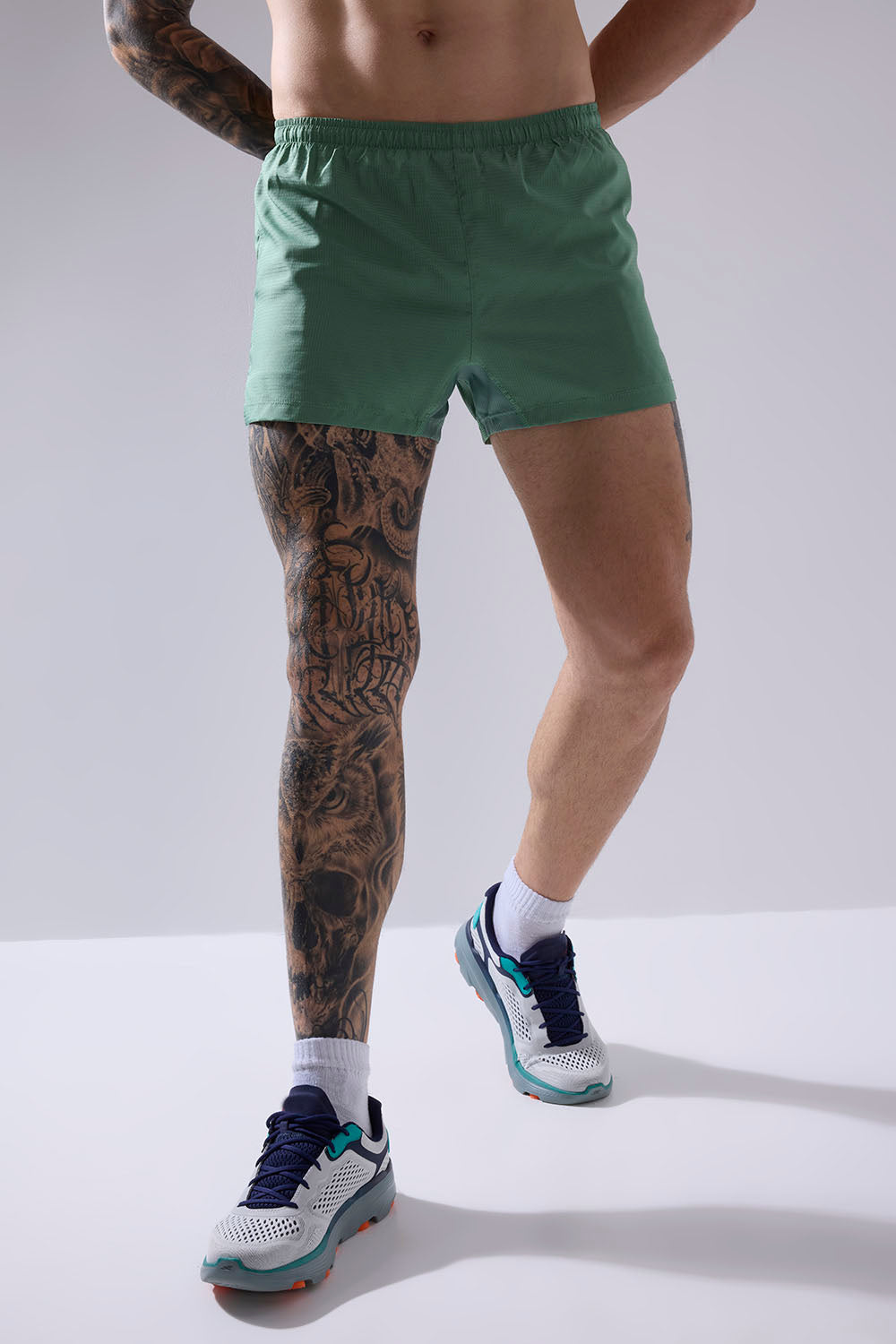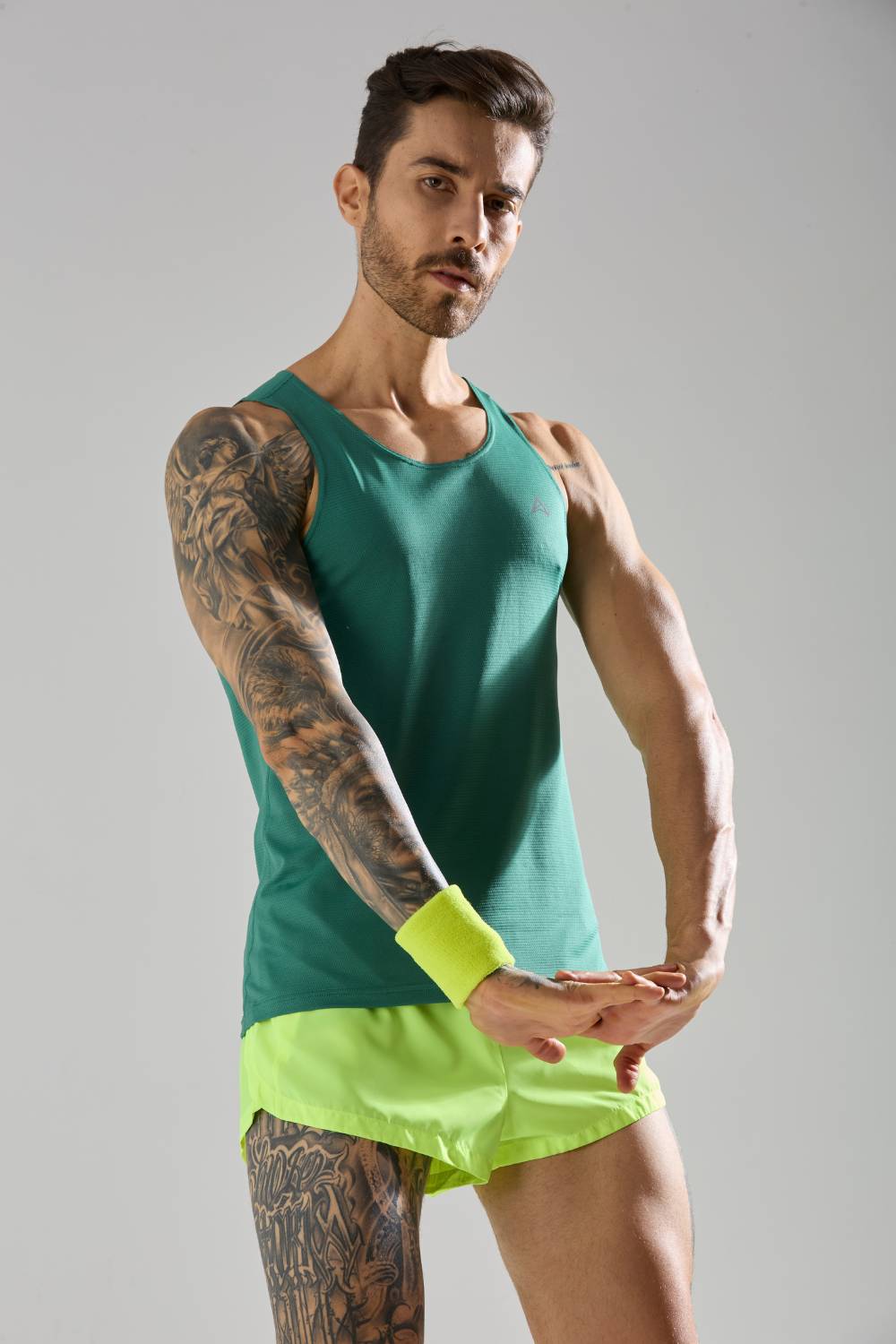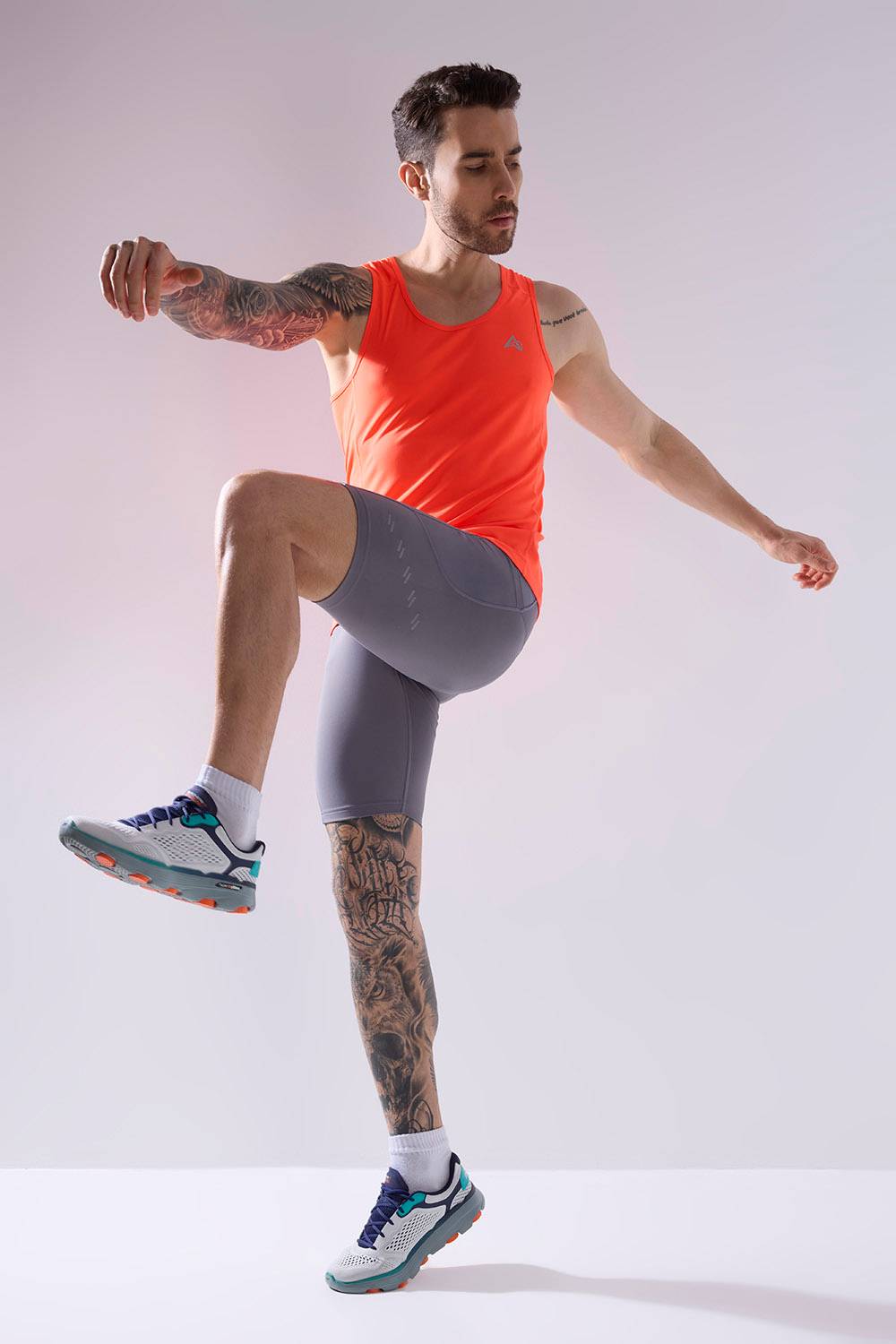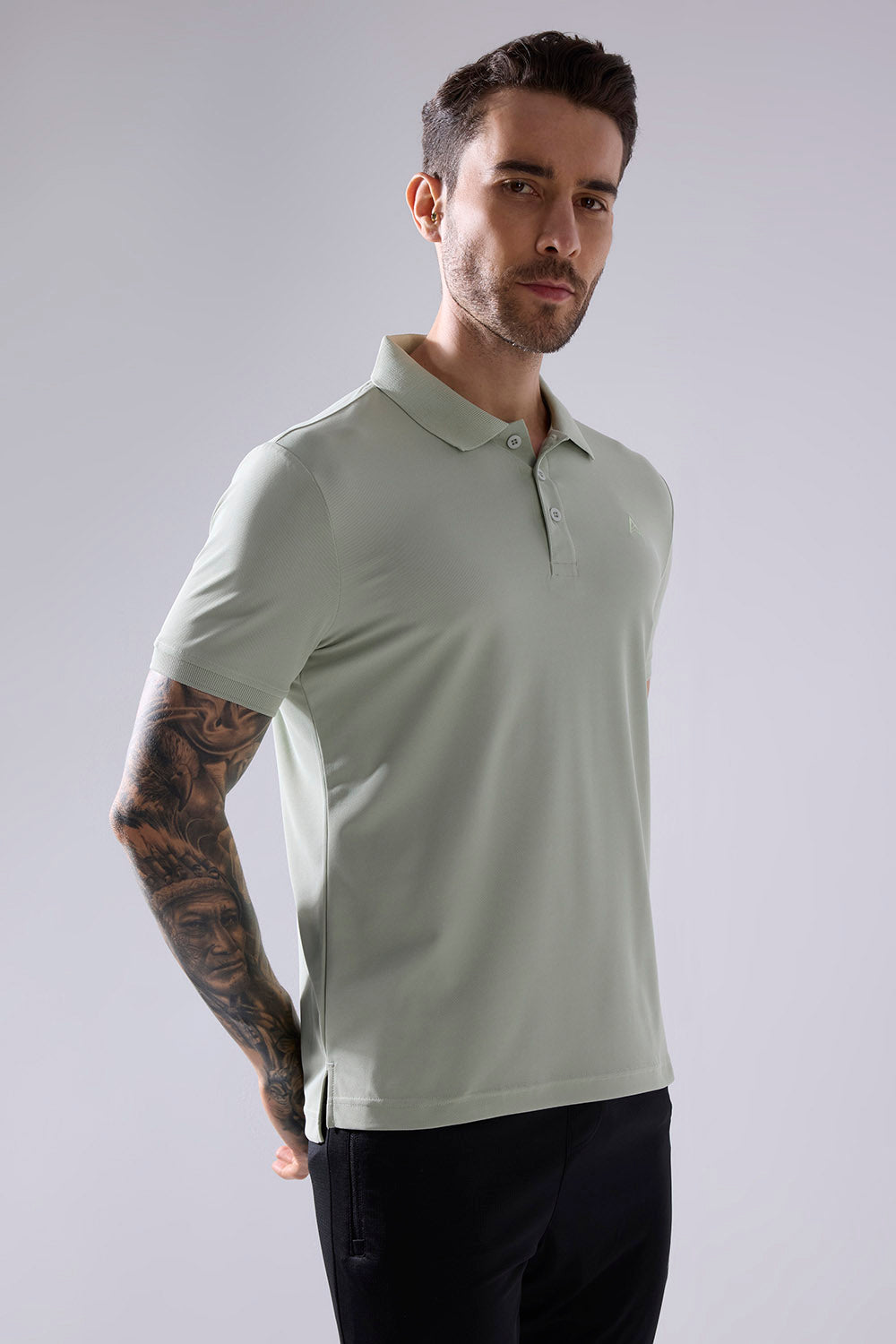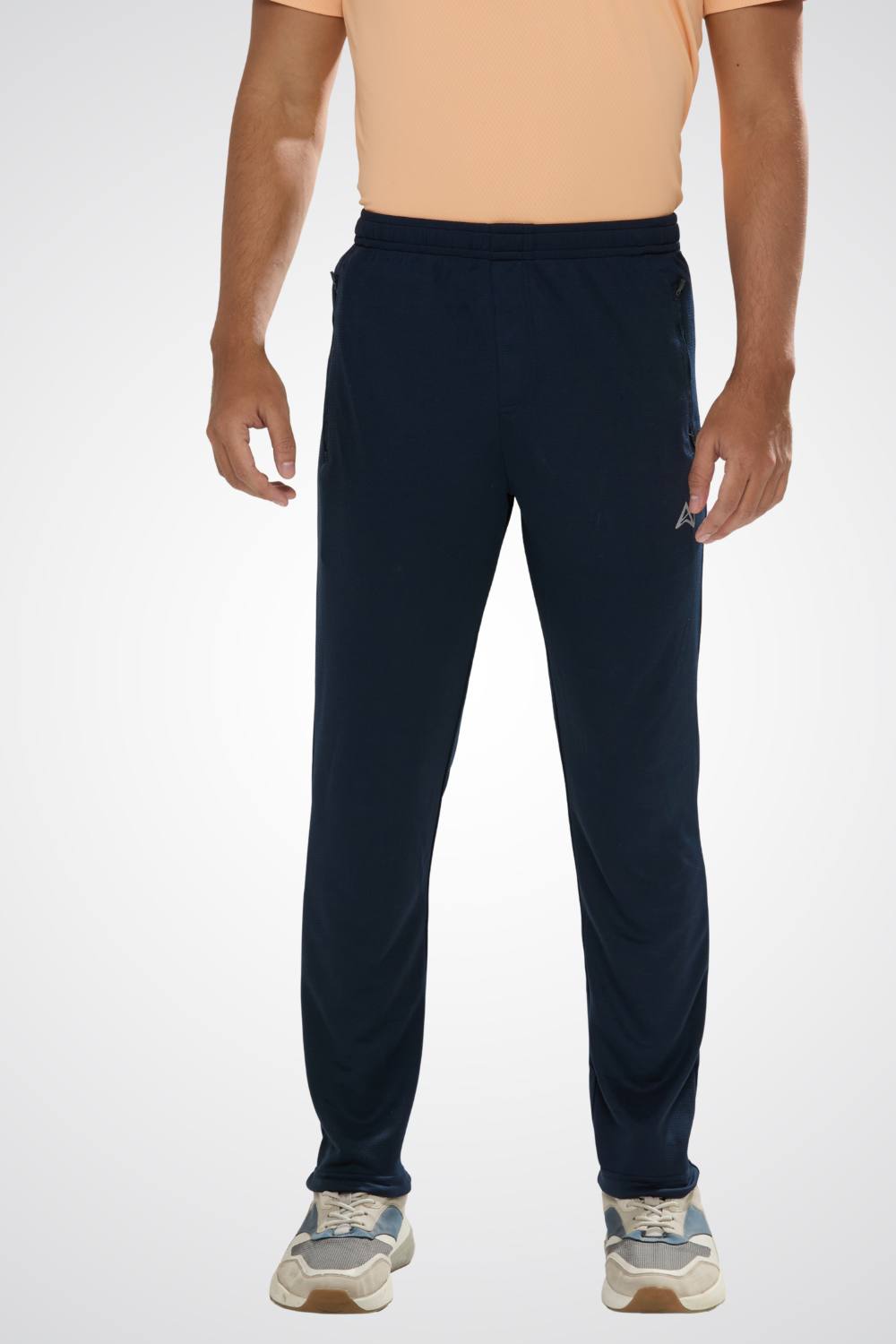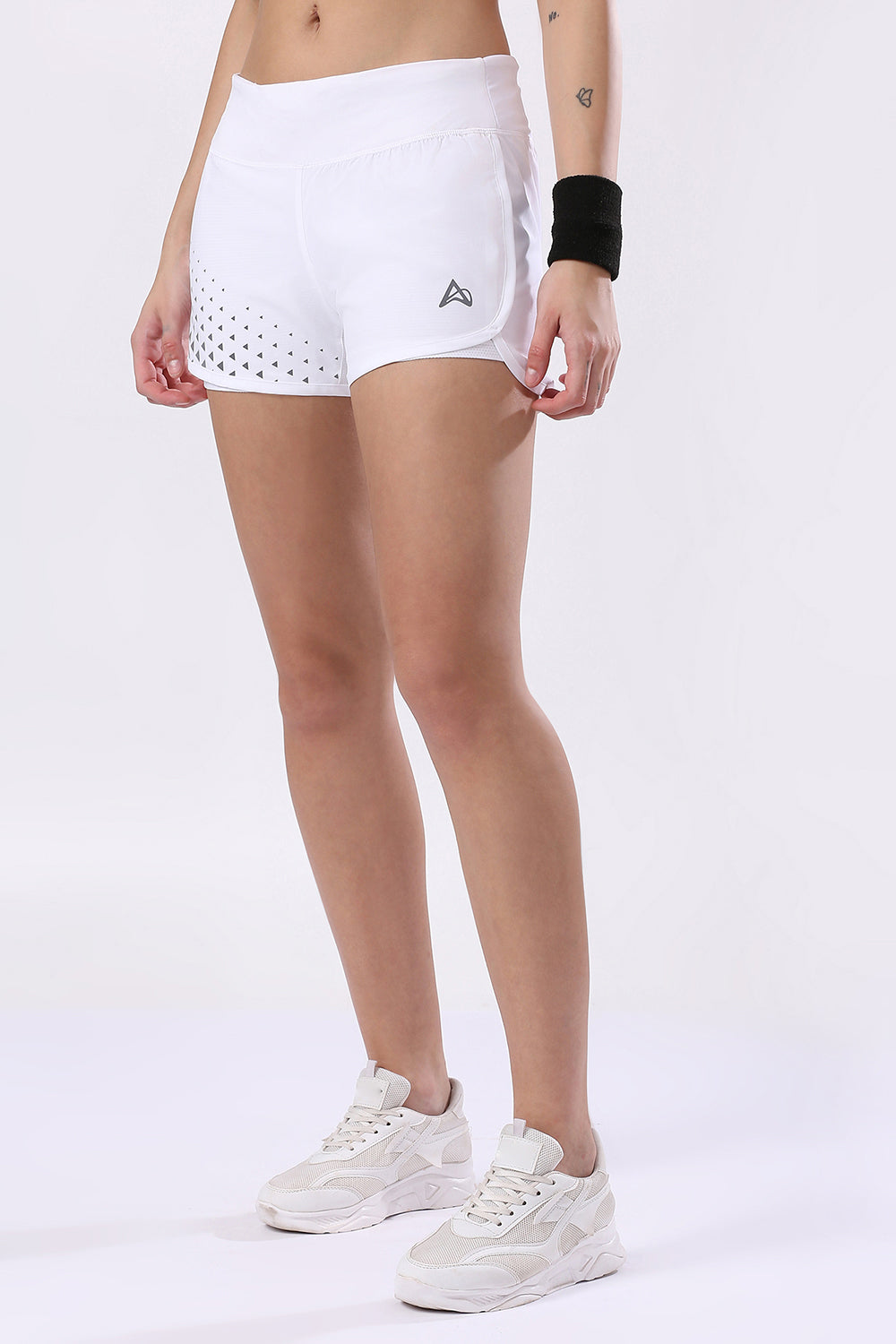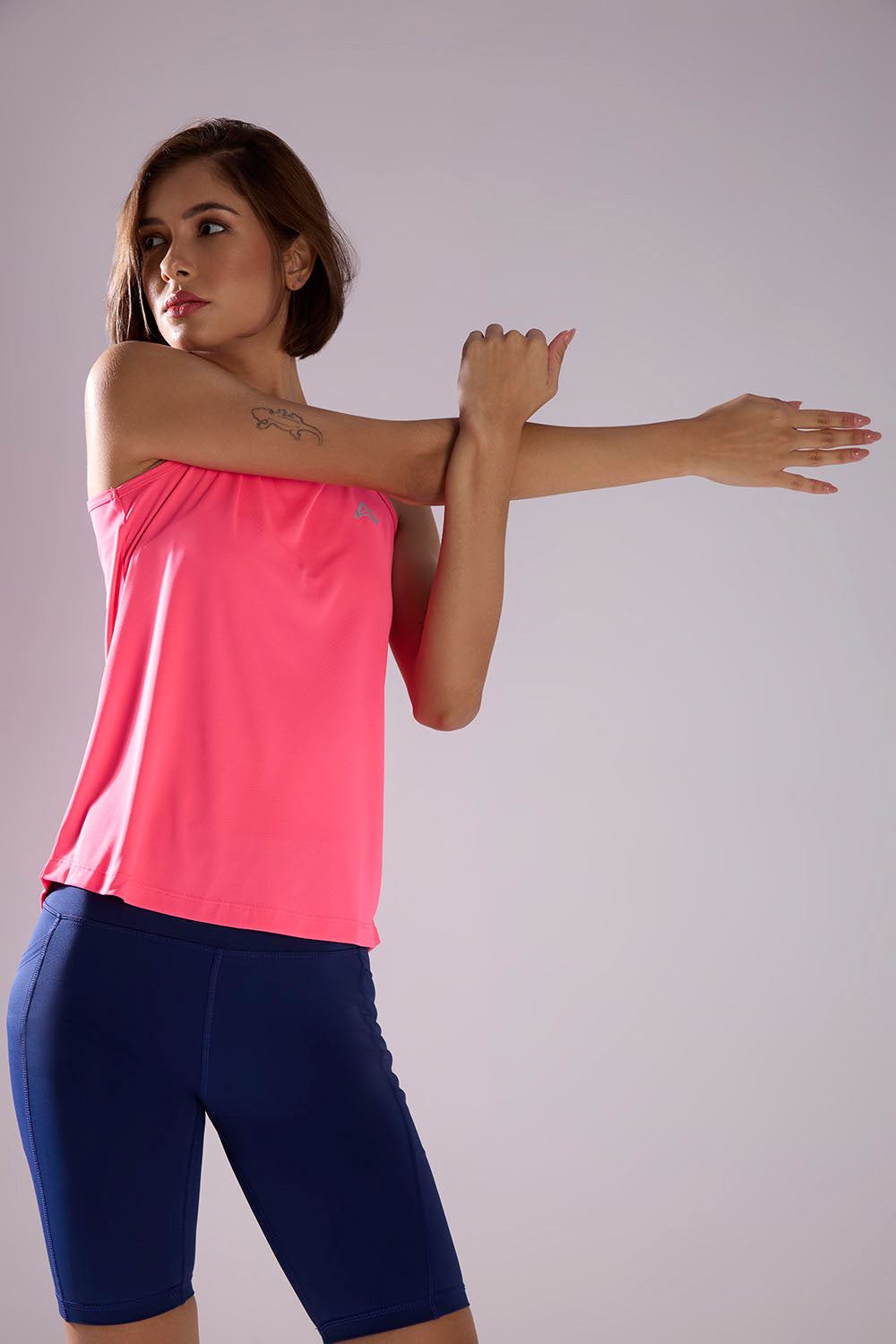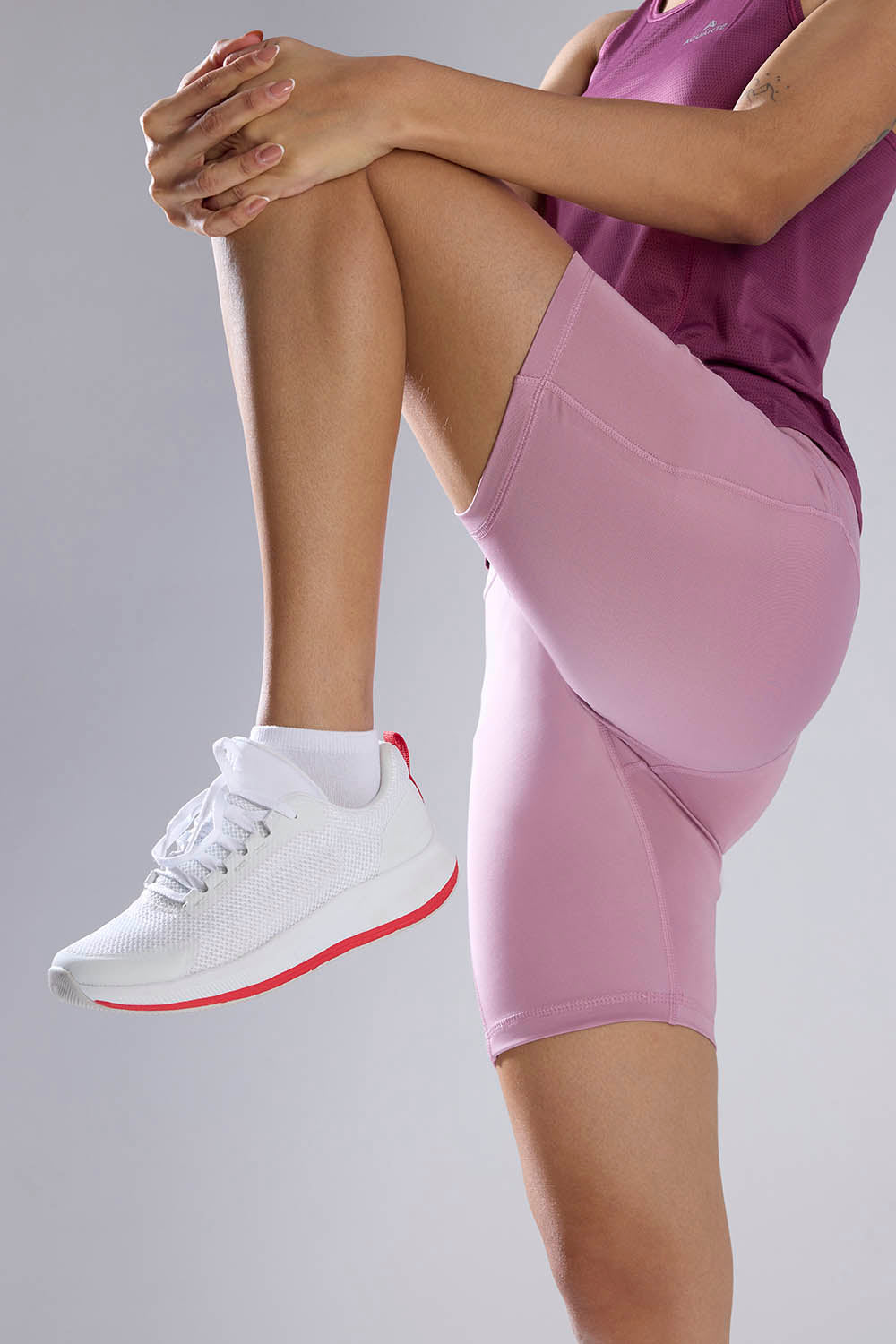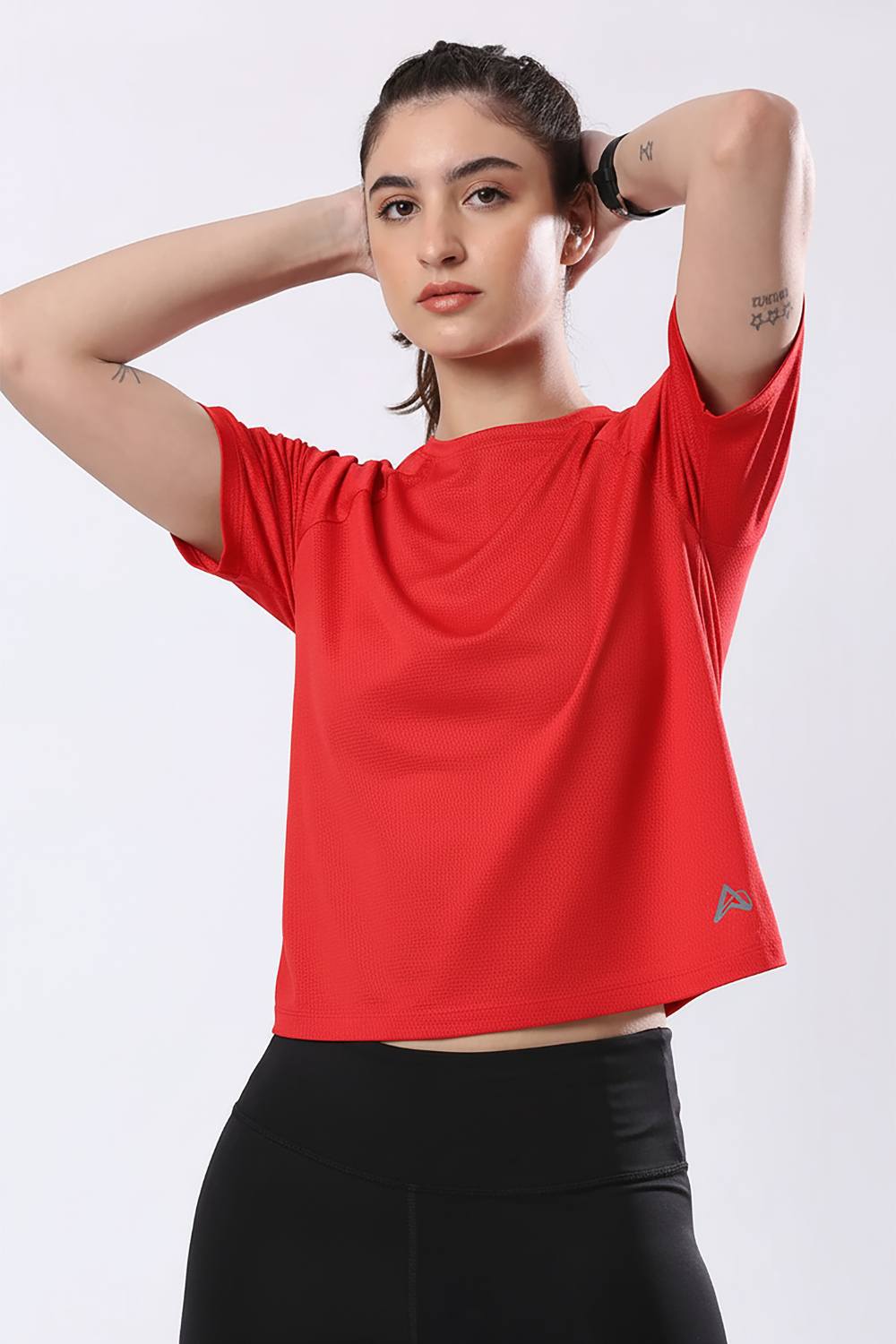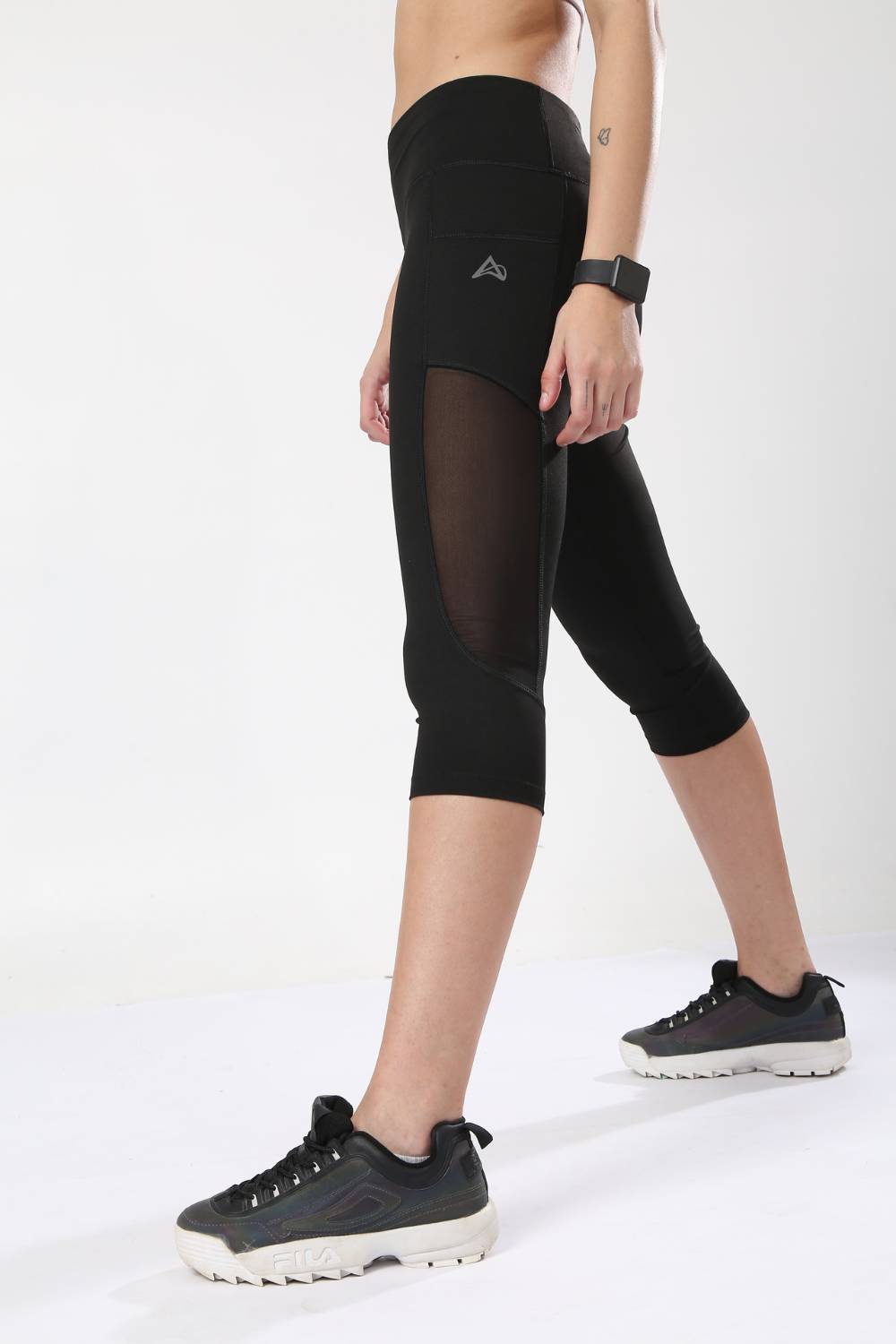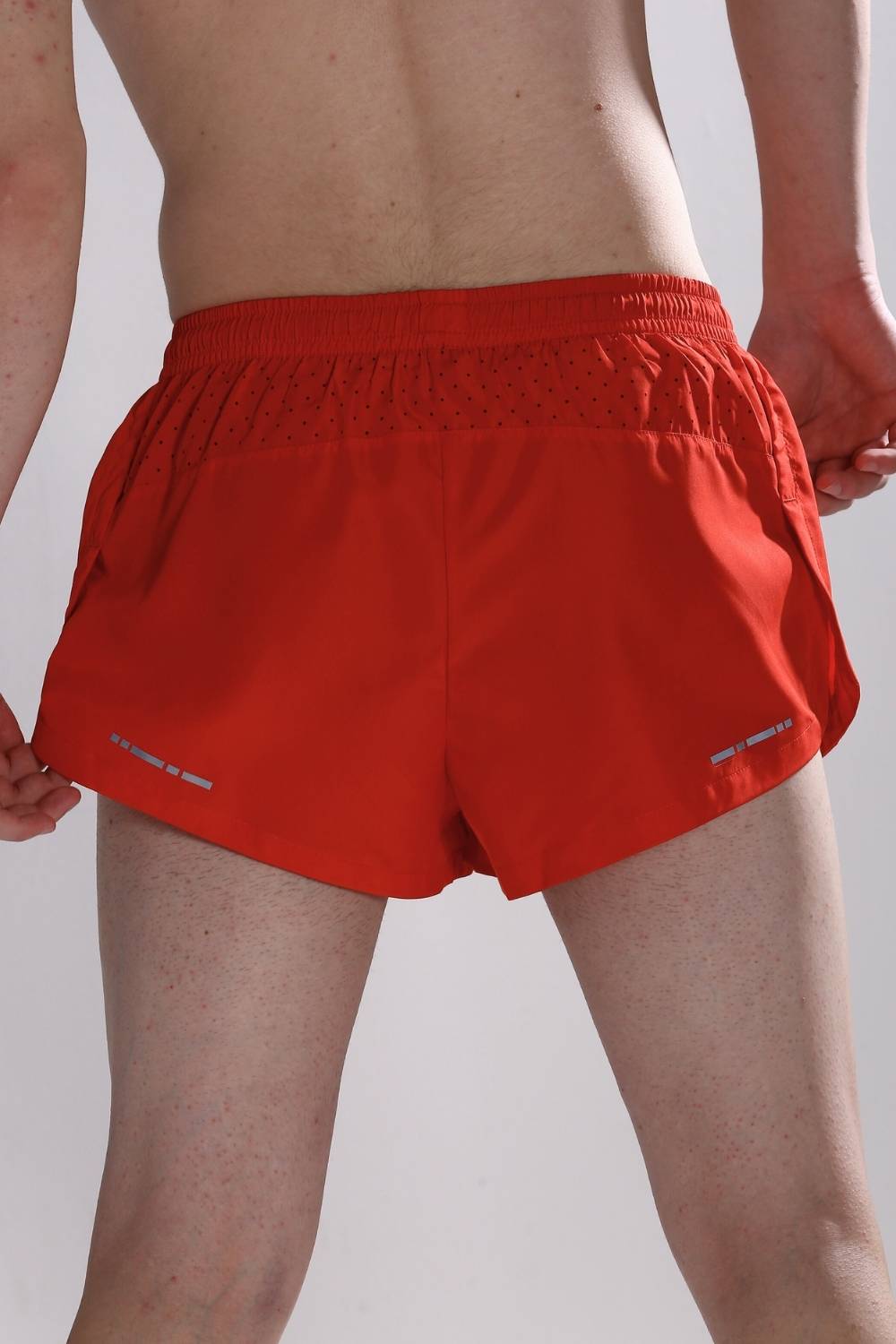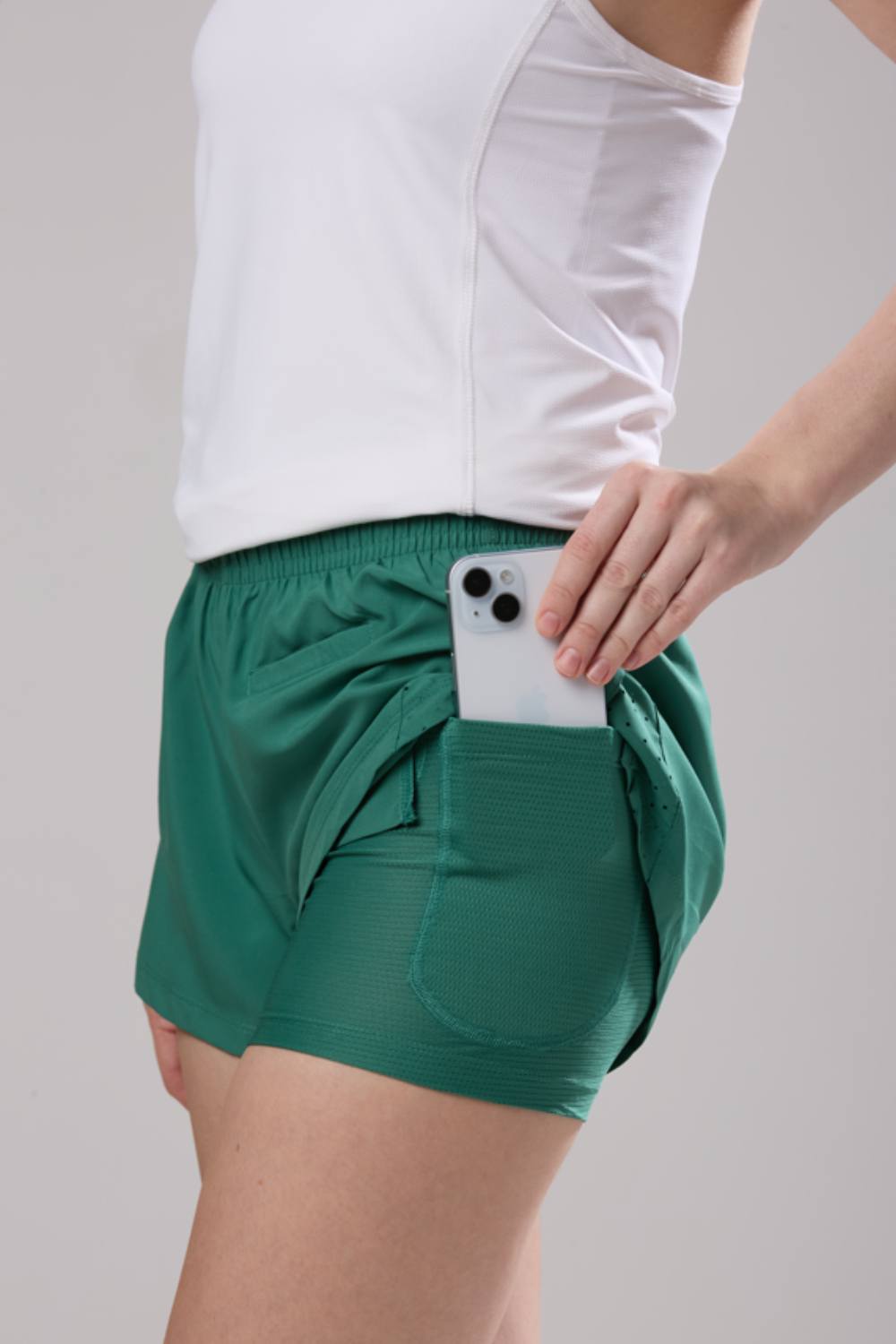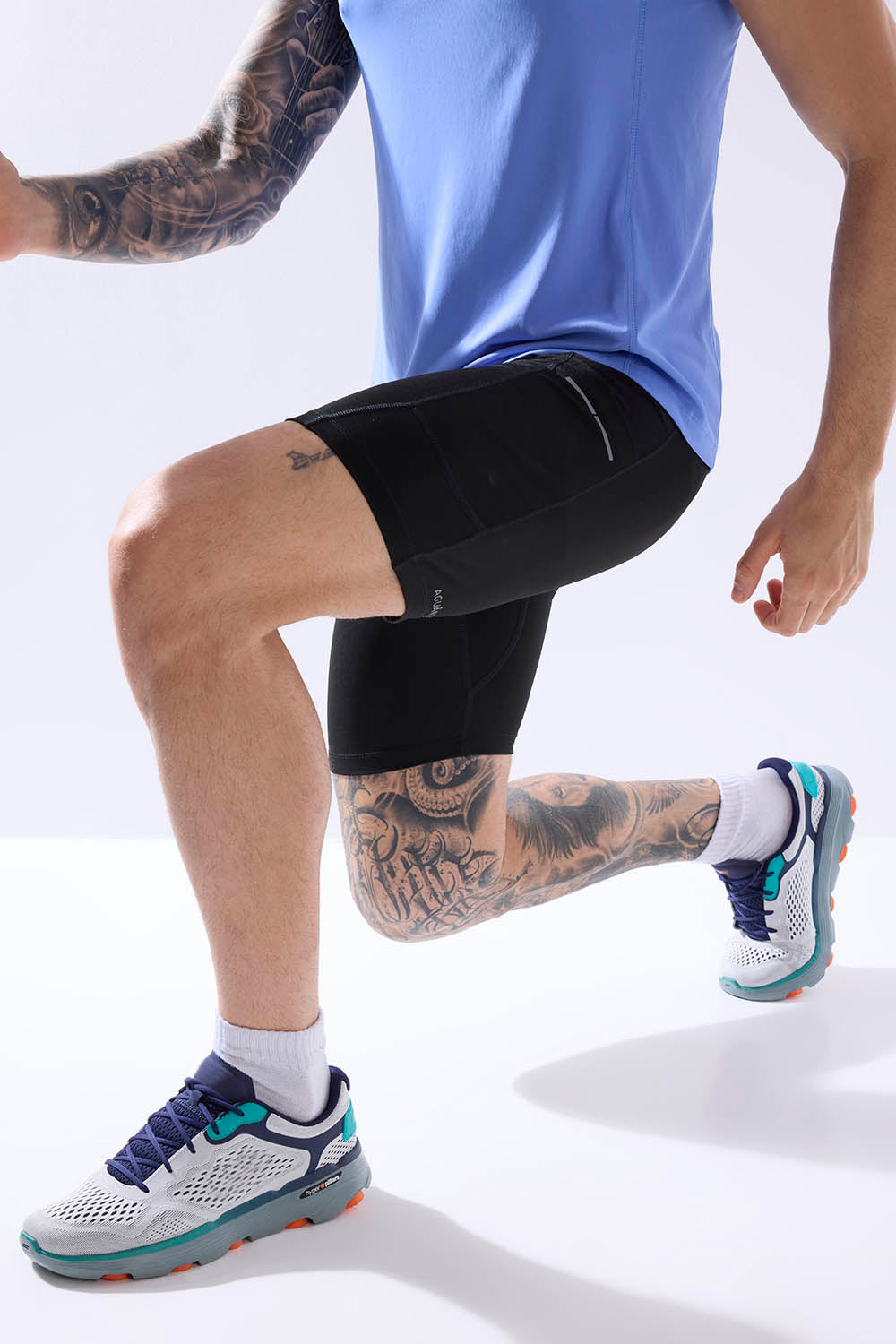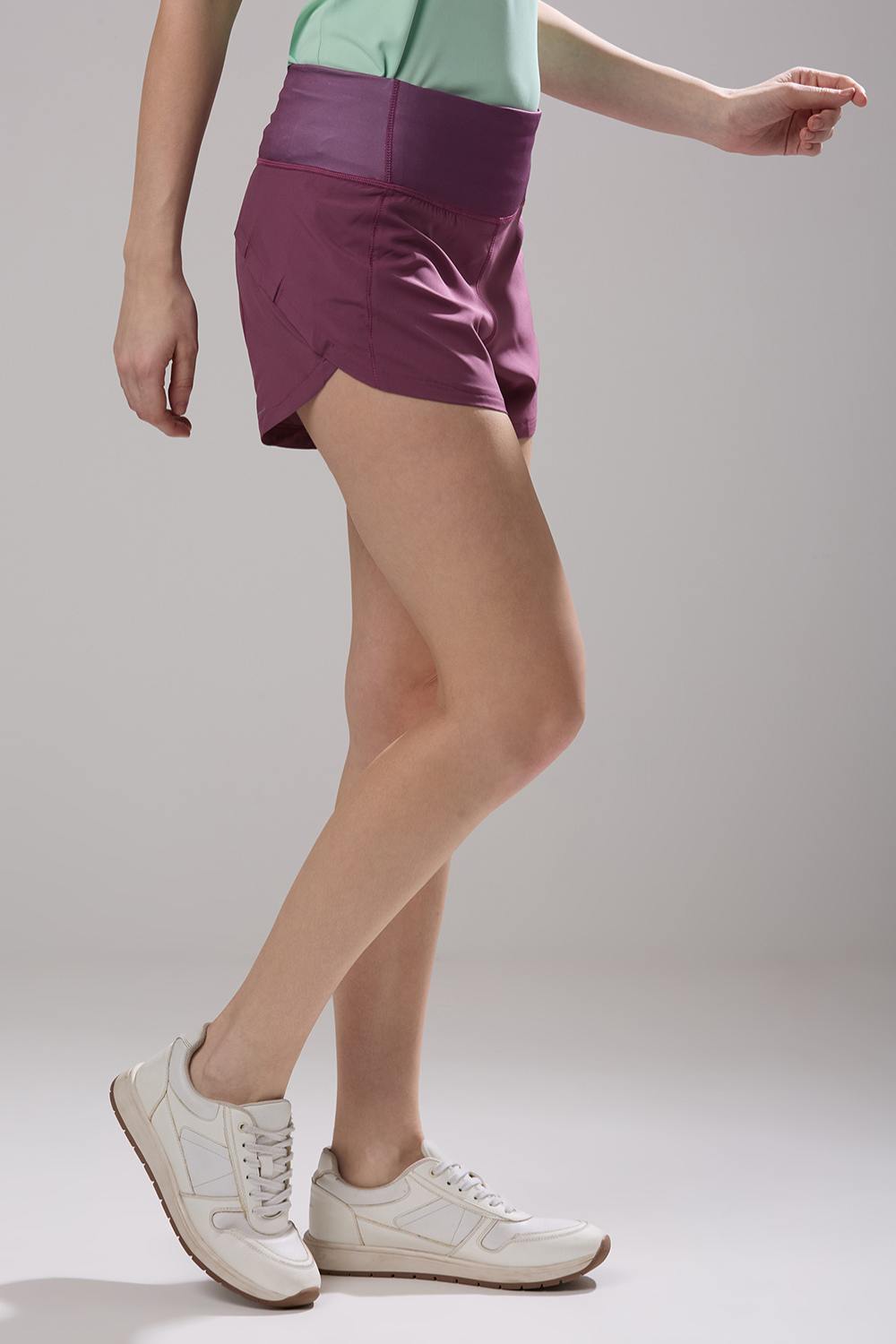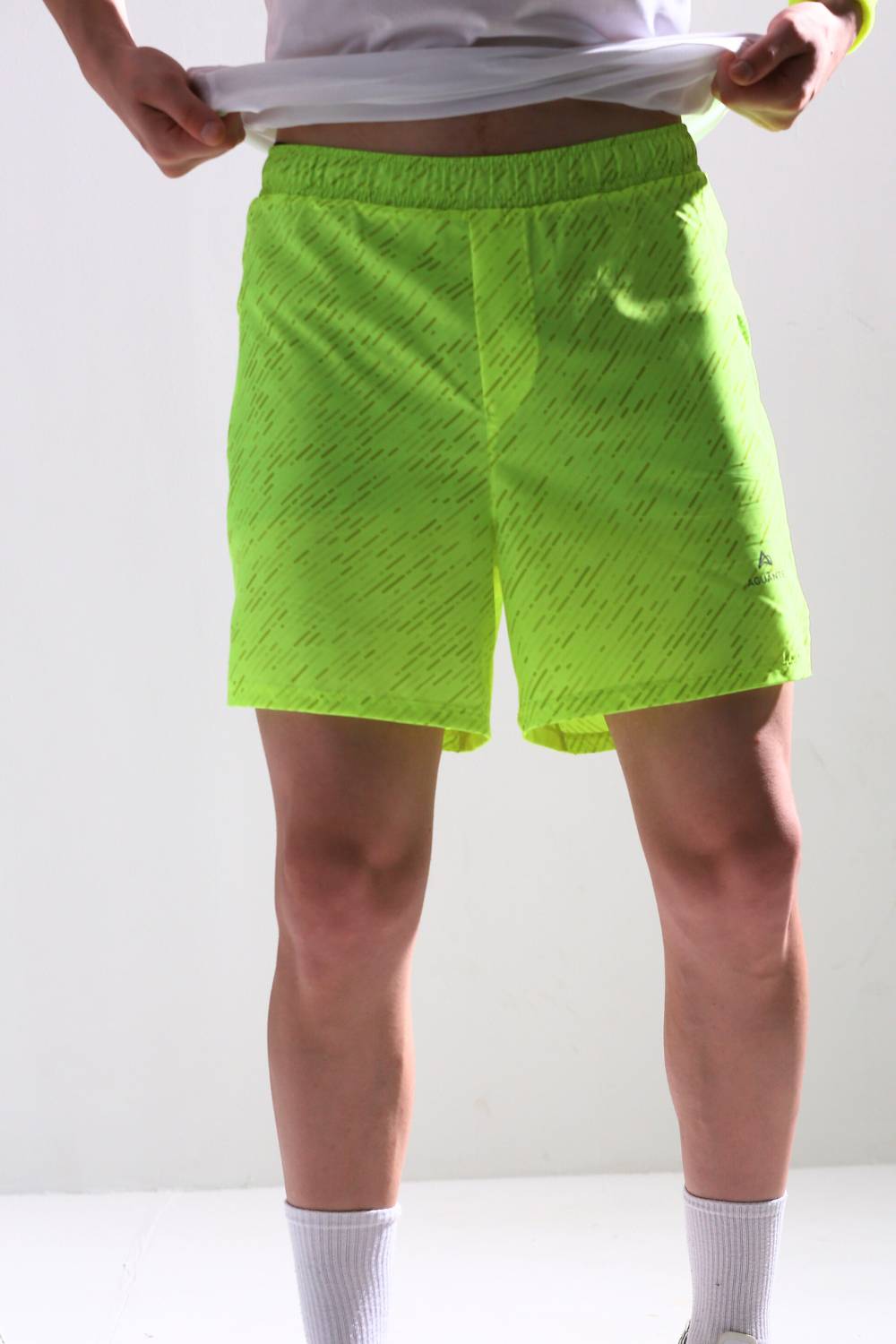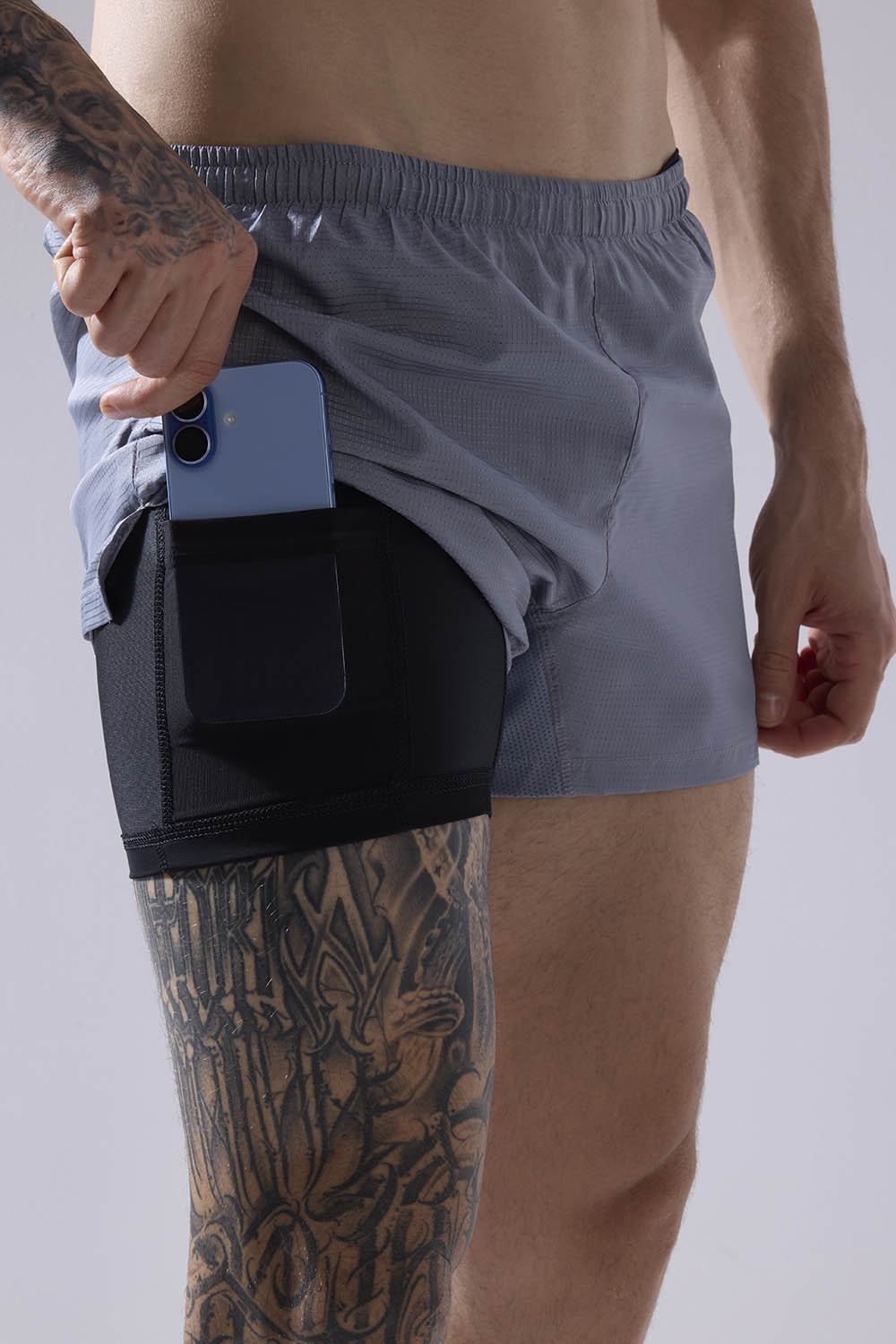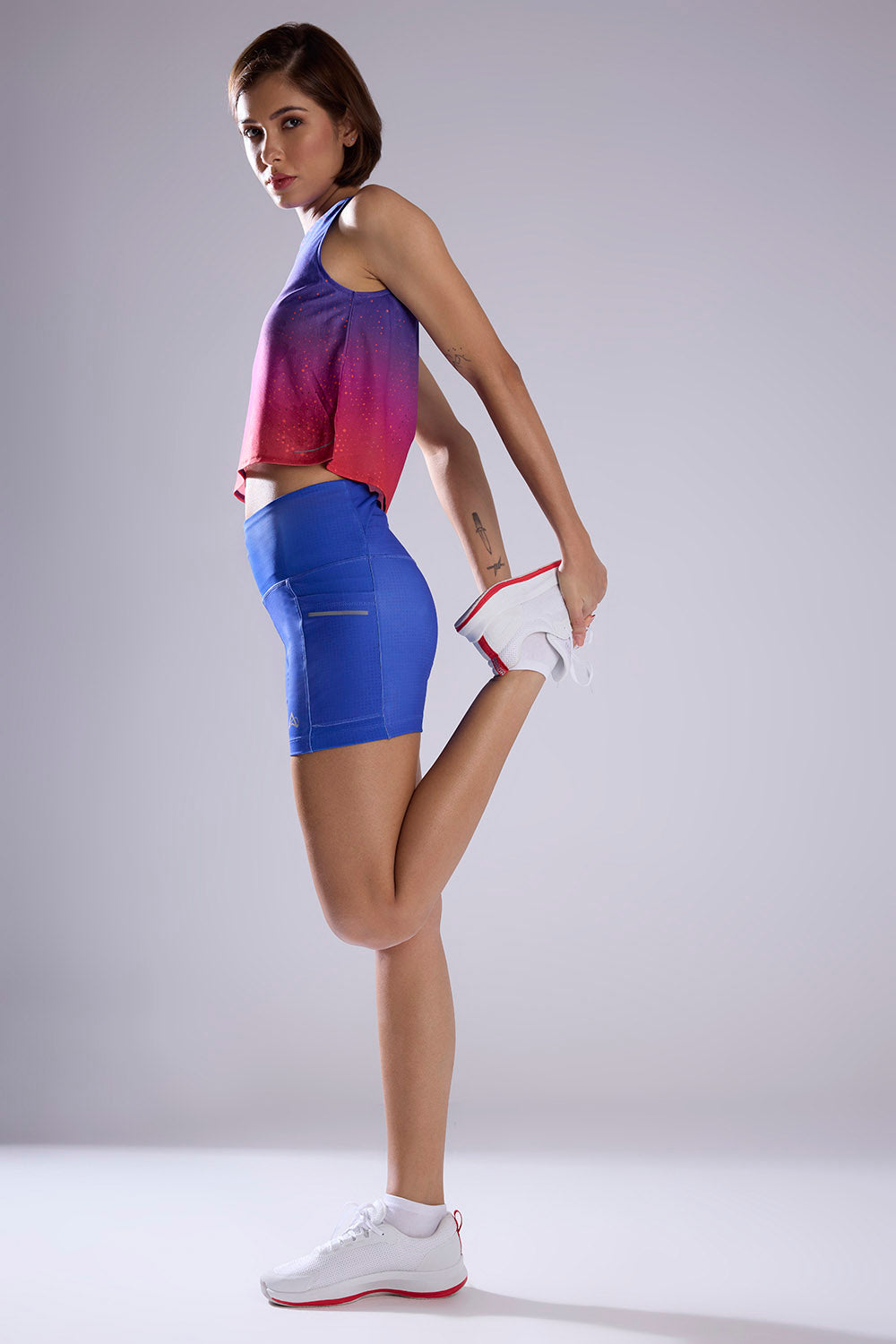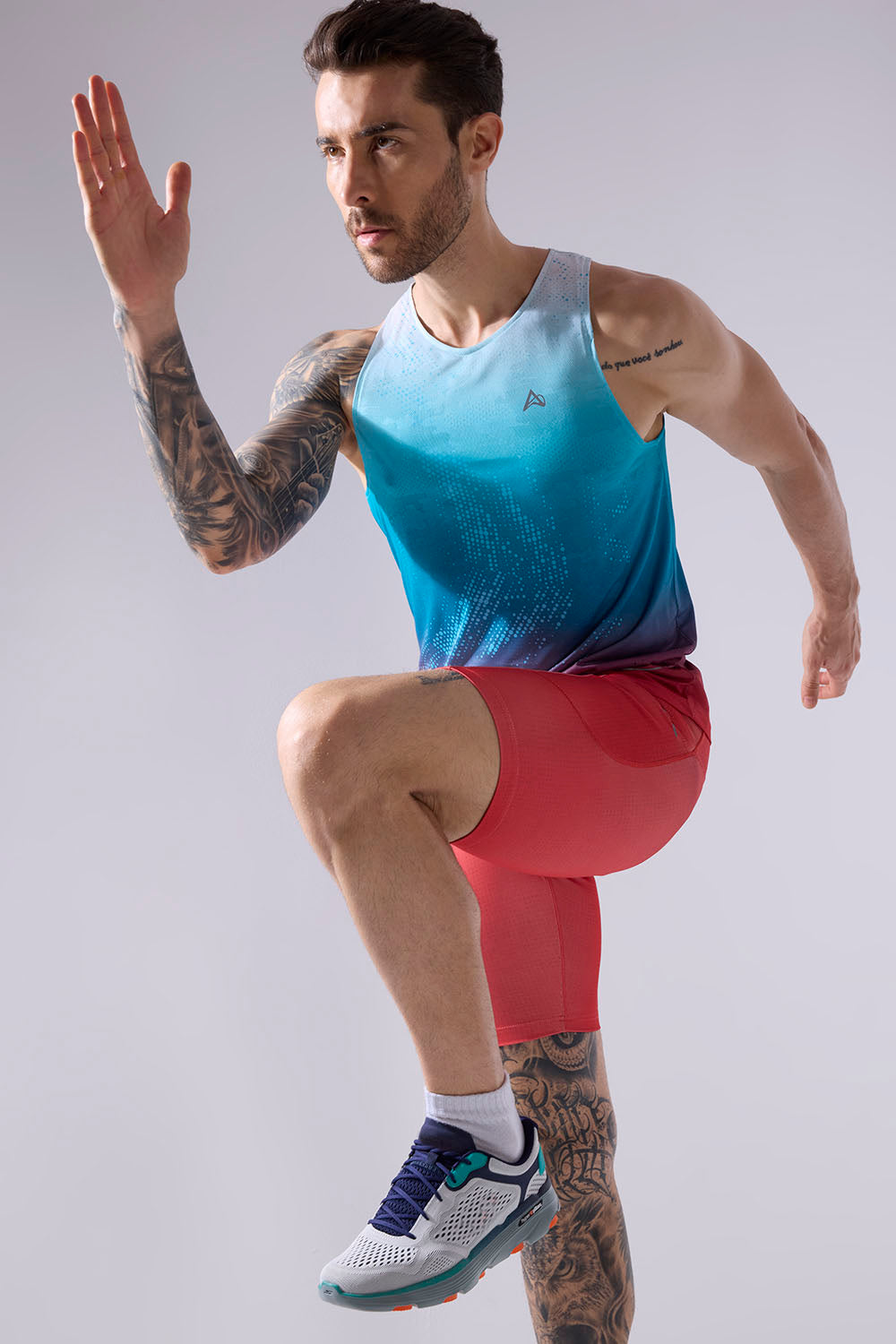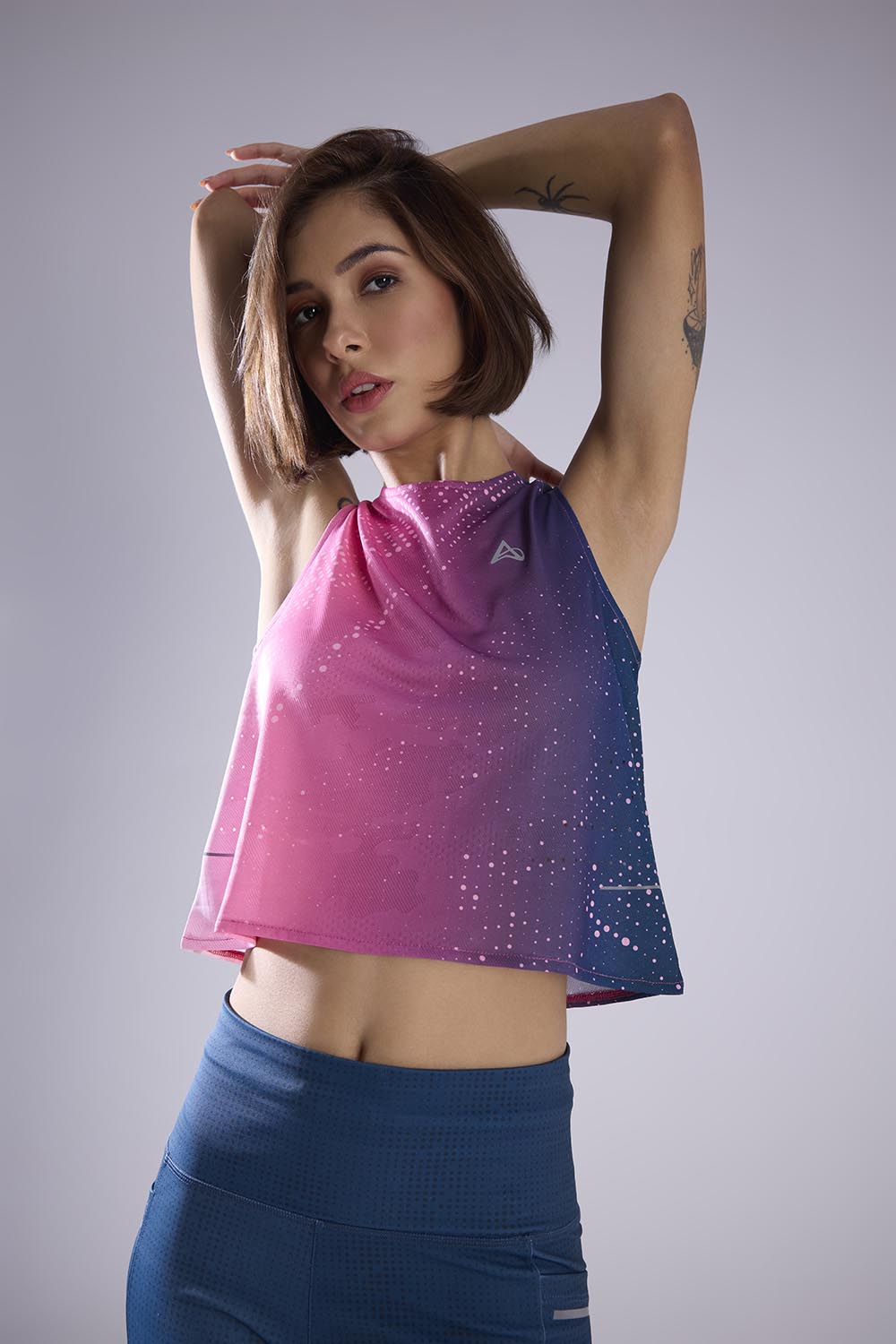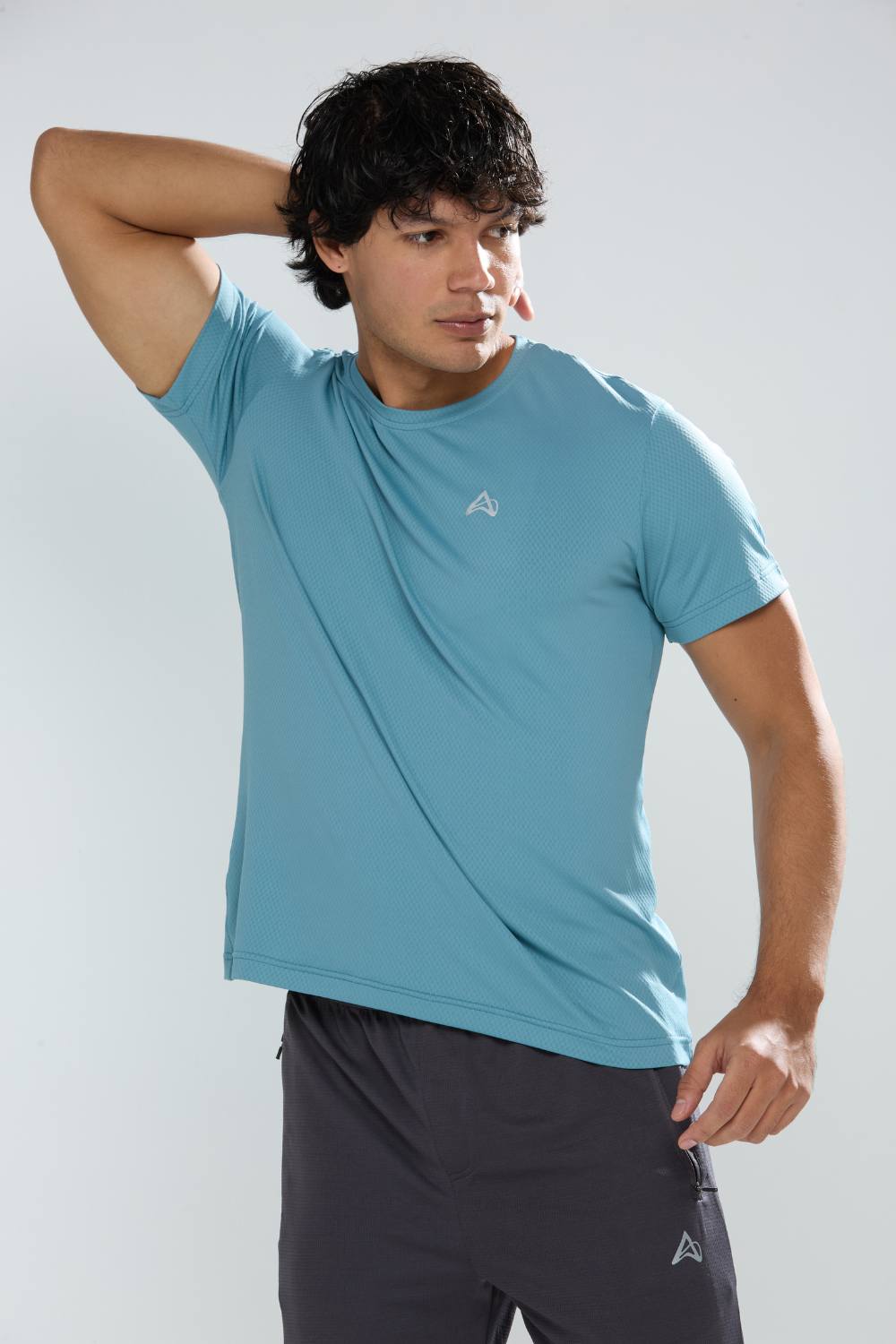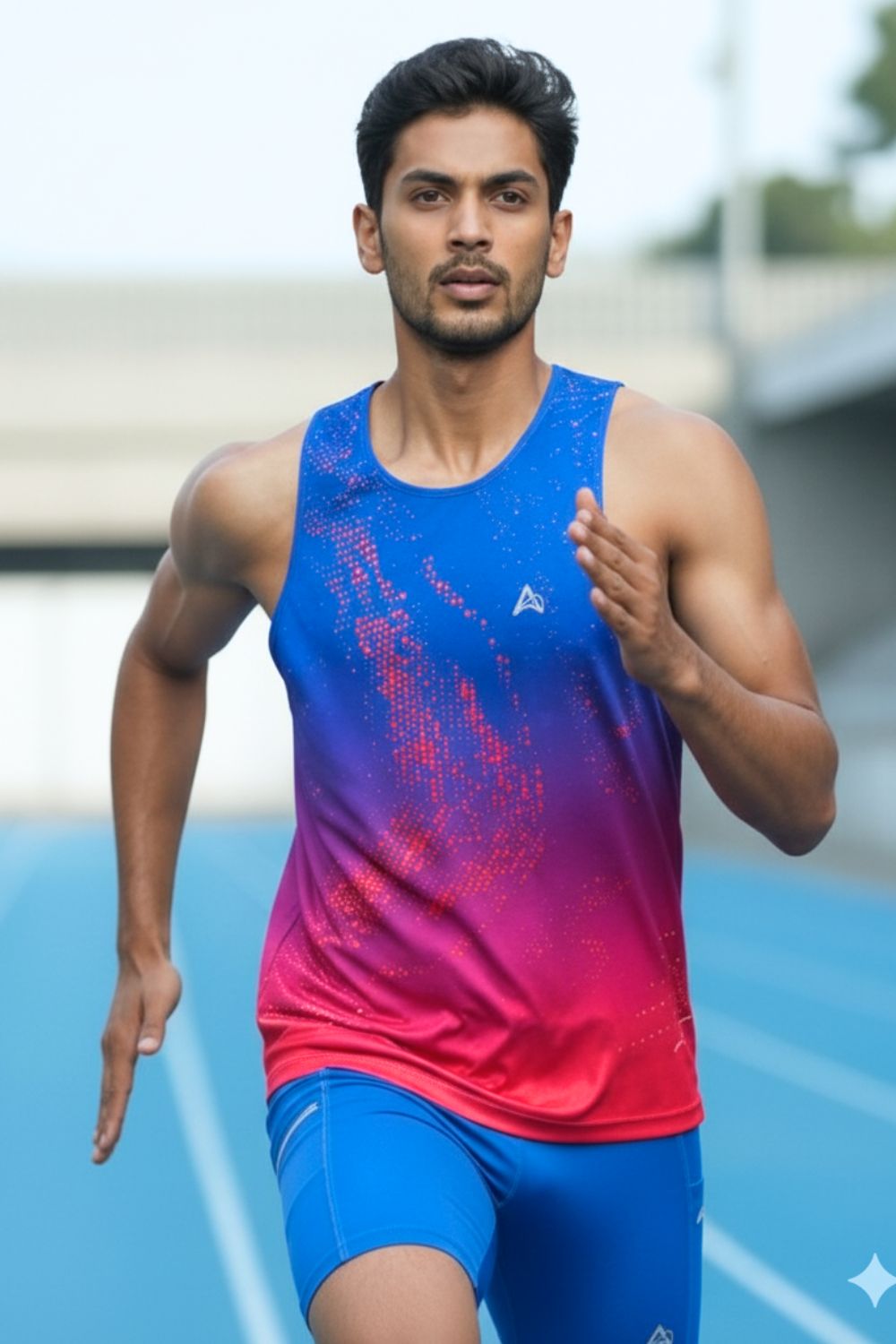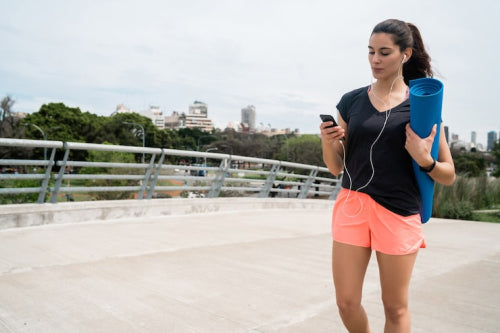Quick Listen:
On blistering June mornings in Delhi, where humidity pushed the perceived temperature to a staggering 54 degrees Celsius during a severe heatwave warning issued by the India Meteorological Department on June 11, individuals like waste-picker Zubaida begin their labors at 8 a.m., manually separating plastics, glass, and chemicals without protection, exposed to extreme heat with no shade or relief. This relentless exposure mirrors the challenges faced by India's growing cadre of runners, who navigate urban ovens that curtail training sessions and demand smarter strategies. As metropolitan areas grapple with escalating temperatures, the nation's fitness enthusiasts and apparel manufacturers are pioneering adaptations, from advanced fabrics to shifted schedules, ensuring that the joy of running endures amid climate shifts.
In metropolises such as Bangalore, Delhi, and Mumbai enduring unprecedented heatwaves, India's jogging communities and sportswear companies are innovating performance equipment to withstand this harsh reality.
Tired of gear that slows you down? Chafing, soggy fabrics, and missing pockets kill your run's momentum. At Aguante, we're runners who get it. Our high-performance activewear features moisture-wicking fabrics, ergonomic designs, and smart storage to keep you focused. Shop Now!
Running in a Warming India
Envision groups of athletes pounding the pavement along Mumbai's Marine Drive as the sun rises, their advanced clothing rapidly evaporating perspiration in the tropical dampness. Urban India is experiencing rapid warming, backed by concrete data. Over the past two decades, average temperatures in key cities have risen markedly Delhi by 2.4°C, Mumbai by 1.8°C, and Hyderabad by 2.1°C, per the latest India Meteorological Department records. This forces runners to kick off at dawn, shorten distances, or opt out on peak days to avoid health risks.
Bangalore, traditionally favored for its temperate weather, now contends with erratic hot spells that upend outdoor routines, driving participants toward protective equipment or indoor alternatives. The sportswear sector responds aggressively, channeling investments into technologies that combat heat, such as rapid-drying materials and featherlight constructions suited to India's oppressive moisture levels. The India running gear market reached USD 2.4 billion in 2024 and is projected to climb to USD 4.8 billion by 2033, growing at a compound annual rate of 7.71% from 2025 to 2033. Drivers include heightened health consciousness, more fitness engagement, urban expansion, rising incomes, recreational jogging's appeal, marathon proliferation, athlete endorsements, and online retail boom. Regionally segmented into North, West and Central, South, and East India; by products like footwear, apparel, accessories, and trackers; gendered into male, female, and unisex; and distributed via specialty shops, supermarkets, department stores, e-commerce, and more.
Adding to this, the athletic footwear segment alone generated USD 6,879.5 million in revenue in 2022, anticipated to hit USD 11,342.1 million by 2030 at a 6.4% CAGR from 2023 onward, with traditional materials dominating but sustainable options accelerating fastest. The overall Indian sports and fitness goods market stood at USD 2,365 million in 2024, expected to reach USD 3,851 million by 2033 at 5.6% CAGR, encompassing gear for sports participation, injury prevention, and workouts that boost flexibility, strength, and cardiorespiratory health spurred by institutional pushes for physical activity. Another assessment values it at USD 4.88 billion in 2024, forecasting USD 9.96 billion by 2034 at 7.40% growth, bolstered by infrastructure investments reshaping habits and access. These metrics highlight a vibrant ecosystem where millions pursue fitness despite thermal barriers, necessitating gear that delivers under duress.
This economic surge isn't merely statistical; it signals a cultural transformation, where running transcends leisure to become a defiance against environmental hurdles, supported by brands tailoring solutions for local climates.
Urban Heat and Its Impact on Fitness Communities
City heat islands, exacerbated by dense construction stifling breezes and elevating moisture, are well-documented in research from the Indian Institute of Science in Bangalore. In Delhi and Gurugram, polluted air compounds thermal stress, cutting outdoor evening sessions by more than 25%. Mumbai's seaside location heightens dehydration threats, as damp air intensifies endurance demands during jogs.
In Hyderabad and Pune, road surfaces can surpass 45 degrees Celsius in races, prompting revised hydration plans and intelligent attire choices. Scientific inquiry into thermal adjustment reveals key insights: in a trial involving 18 male distance runners split into control and heat groups, the latter underwent 20 sessions over four weeks in environments aiming for core temperatures of 39°C to just under 40°C, five days weekly. Post-intervention, the heat-acclimated athletes exhibited markedly reduced core temps after intense treadmill tests 38.2°C ± 0.1°C compared to 38.6°C ± 0.1°C in the neutral-training group (p=0.045), emphasizing metabolic shifts that apparel can enhance. Controls trained in milder settings (wet bulb globe temperature 20-25°C). This evidence points to how bodies adapt, but in daily urban runs, complementary tools like venting designs prove essential, as participants and producers adjust athletes with electrolytes, companies with moisture-expelling innovations.
Such physiological data underscores why communities are evolving: heat doesn't just tire; it risks strokes and illness, as seen in northern India's pushes beyond 45°C air temps.
Emerging Apparel Trends for Heat Adaptation
Material advancements dominate responses. Quick-drying polyester-elastane mixes from Surat's weaving centers evaporate sweat swiftly, maintaining comfort. UV-blocking textiles, developed by emerging enterprises in Pune and Hyderabad, protect against intense solar exposure in places like Delhi.
Bangalore's online-first brands incorporate breathable mesh inserts and precision-cut edges to promote circulation, whereas pale, reflective outfits in Mumbai deflect solar radiation. Companies such as Aguante field-test these ultralight bottoms and tops endured on Cubbon Park paths or Marine Drive promenades. Beyond aesthetics, this is practical engineering for clinging humidity, blending local cotton's airiness with durable synthetics to prevent overheating and chafing.
These trends align with market demands, where sustainable athletic shoes grow quickest, signaling a shift toward eco-conscious heat solutions amid rising participation across genders and regions.
Case Studies Local Adaptations in Action
Consider the Bangalore Runners Club in Cubbon Park: early 5 a.m. gatherings now standard, equipped with sweat-controlling tops to counter warming dawns. The Hyderabad Runners Society teams with startups for sun-protective race ensembles, merging natural fiber ventilation with robust polymers.
Pune and Navi Mumbai organizers embed thermal protocols, like compulsory water points alongside sponsor-provided aerated clothing. In Surat and Ahmedabad, production shifts to intelligent fabrics, exporting tech that boomerangs to domestic users. These examples illustrate broader patterns: nationwide groups fusing social bonds with commercial ingenuity, where heat prompts collective ingenuity in gear and timing.
From North India's specialty outlets to South's e-commerce hubs, adaptations scale, supporting unisex products that cater to diverse runners tackling urbanization's side effects.
Challenges Infrastructure, Affordability, and Awareness
Scarce verdant paths in Delhi and Gurugram expose athletes to pavement-reflected warmth, amplifying dangers. Premium tech apparel excludes novices in smaller cities, where cost barriers limit access to cooling advancements.
Knowledge gaps persist: recreational joggers often ignore ultraviolet harm or hydration cues, escalating risks in heatwaves. Bridging these requires industry efforts to democratize innovations, amid governmental pushes for recreational spaces that could integrate fitness goods demand. Without addressing these, growth plateaus, as infrastructure lags hinder safe participation despite market projections.
Opportunities for India's Activewear Industry
Online queries for airy tops and minimal shorts rose 32% annually in focus cities last year, per search data. Partnerships flourish: NIFT Mumbai and IIT Delhi experimenting with intelligent textiles, aided by national initiatives promoting domestic production.
Hyderabad and Bangalore marathons feature heat-conscious bundles, leveraging digital sales and celebrity backing. North India leads in running gear via diverse channels, expanding lines in apparel and trackers for all demographics. With fitness items enhancing overall wellness, opportunities abound in tying products to health campaigns, fueled by urbanization and income growth. Sustainable segments in footwear offer particular promise, aligning with global shifts while meeting local heat needs.
Expert Insights and Future Outlook
Specialists at IIT Delhi and NIFT Hyderabad predict over 40% uptake in advanced wear by 2030, propelled by homegrown research. Climate analysts warn that absent progress, summer events in Delhi or Ahmedabad risk halts.
Future visions include embedded sensors monitoring body heat and adaptive fibers activating cooling, centered in hubs like Surat and Bangalore. This progression reflects India's manufacturing prowess, turning environmental pressures into economic strengths.
Building India's Climate-Resilient Running Future
Through predawn efforts and textile revolutions, India's runners exemplify adaptability, transforming challenges into strides forward. Stakeholders manufacturers, scientists, urban planners must unite, developing equipment, pathways, and education to normalize runs in 40°C conditions. In this investment of effort and innovation rests a robust, vitality-filled society, advancing step by determined step toward sustainability and well-being.
Frequently Asked Questions
How hot has it gotten in Indian cities for runners?
Major Indian cities have experienced significant temperature increases over the past two decades Delhi has warmed by 2.4°C, Mumbai by 1.8°C, and Hyderabad by 2.1°C according to India Meteorological Department records. During extreme heatwaves, temperatures can reach a perceived 54°C, while road surfaces during races can exceed 45°C. These conditions have forced runners to start at dawn, shorten distances, or skip outdoor sessions entirely on peak heat days.
What running gear innovations help Indian runners cope with extreme heat?
Indian sportswear companies are developing advanced fabrics that combat heat, including rapid-drying polyester-elastane blends that quickly evaporate sweat, UV-blocking textiles for sun protection, and breathable mesh inserts for better air circulation. Pale, reflective clothing deflects solar radiation, while lightweight materials blend cotton's airiness with durable synthetics to prevent overheating in India's oppressive humidity. The India running gear market, valued at USD 2.4 billion in 2024, is projected to nearly double to USD 4.8 billion by 2033, driven largely by these heat-adaptation technologies.
How are Indian running communities adjusting their routines for rising urban temperatures?
Running clubs across India have shifted to early morning sessions often starting at 5 a.m. to avoid peak heat hours, with groups like the Bangalore Runners Club making predawn gatherings standard practice. Cities like Pune and Navi Mumbai have implemented thermal protocols including mandatory water points and sponsor-provided ventilated clothing at events. In Delhi and Gurugram, polluted air combined with heat stress has reduced outdoor evening running sessions by more than 25%, pushing communities toward indoor alternatives or rescheduled training times.
Disclaimer: The above helpful resources content contains personal opinions and experiences. The information provided is for general knowledge and does not constitute professional advice.
You may also be interested in: What Makes a Running Singlet Ideal for Indian Weather
Tired of gear that slows you down? Chafing, soggy fabrics, and missing pockets kill your run's momentum. At Aguante, we're runners who get it. Our high-performance activewear features moisture-wicking fabrics, ergonomic designs, and smart storage to keep you focused. Shop Now!
Powered by flareAI.co

